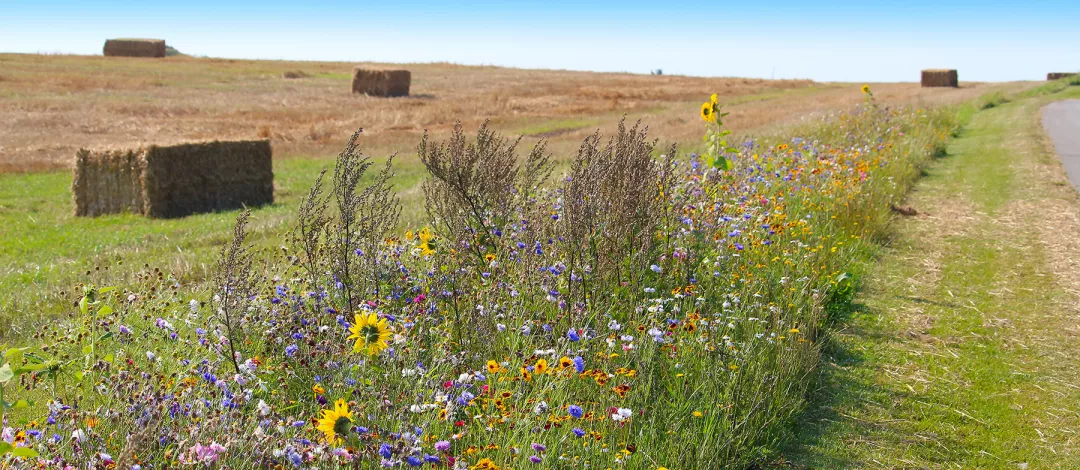A new classification scheme to simplify the complexity of CAP Strategic Plans
The Joint Research Centre has published a classification scheme of farm practices supported by the CAP related to environmental, climate and animal welfare objectives.

In the current CAP programming period, Member States have designed tailor-made interventions within their CAP Strategic Plans. For interventions with environmental, climate and animal welfare objectives, numerous different farm practices may be supported. Also, the terminology used for the design differs across Member States, even where similar farm practice actions are being supported.
To allow for an overview of the types of farm practices being supported across the EU, and for the assessment of the impact of supported CAP interventions, there was a need to create a common vocabulary to better understand the complexity of the CAP Strategic Plans. This was the objective of the recently published study 'A classification scheme based on farming practices' conducted by the European Commission's Joint Research Centre (JRC).
The report contains the classification scheme of farm practices, which is structured in a systematic way around 18 different ‘sections’ (e.g. plant protection, fertilisation and soil amendments, landscape, etc), broken down into three different tiers with each including different degrees of details regarding the practice being supported. The publication also contains the corresponding definition of each farm practice class.
The use of the farm practice classification system allows for the labelling of interventions with environmental, climate, and animal welfare objectives designed in the CAP Strategic Plans. This, in turn, allows for the comparison and aggregation of results across Member States or regions for similar interventions. The farm practice labels were developed by the European Evaluation Helpdesk for the CAP and the JRC before being scrutinised by Member States. The system is now planned to be made publicly available later this year through the Catalogue of CAP interventions.
The first positive effect of the labelling of all interventions from the CAP Strategic Plans according to the Farm Practice classification is the simplification, by reducing the complexity of options and terms associated with the CAP interventions in the CAP Strategic Plans. With a structured framework in place, we can systematise the interventions and identify their common elements. This allows for a more standardised assessment of how well the policy is performing. By labelling interventions according to their farming practices, we can better understand their contributions to the CAP goals and objectives.
Beyond labelling all relevant CAP interventions, the classification scheme is also a working tool to support the CAPRI model and acts as a reference to define new variables related to the environment and climate in the Farm Sustainability Data Network (FSDN).